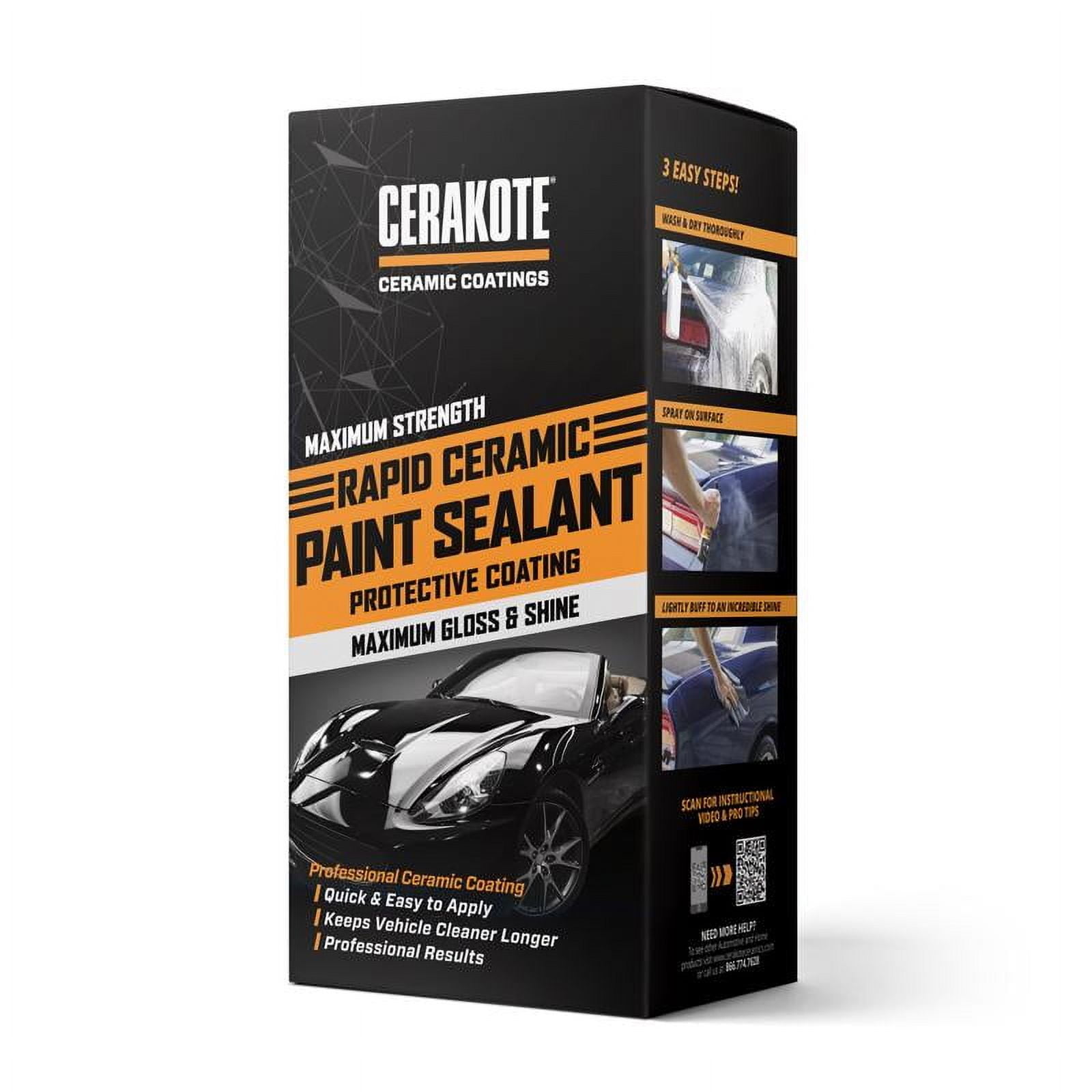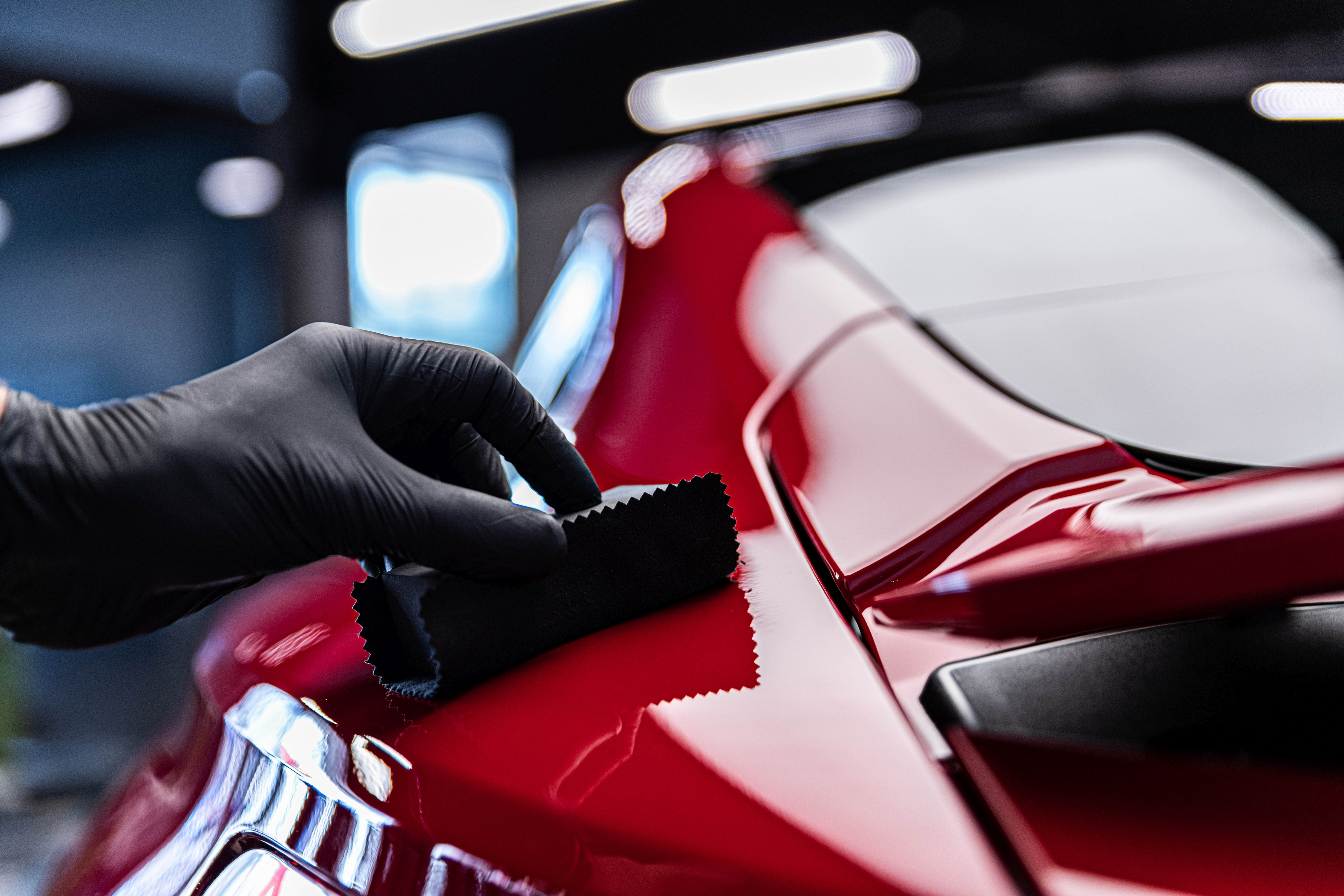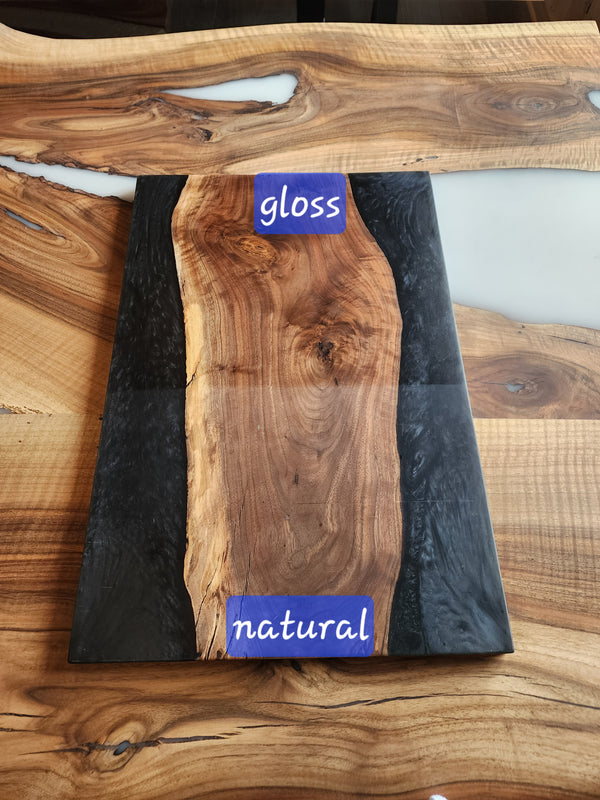Just How Ceramic Coating Philadelphia Maintains Your Automobile Looking New for several years
Just How Ceramic Coating Philadelphia Maintains Your Automobile Looking New for several years
Blog Article
Why Ceramic Covering Is the Ultimate Option for a Flawless Finish
Ceramic covering has actually emerged as a leading option for those looking for a remarkable surface for their lorries, thanks to its amazing resilience and safety attributes. What factors genuinely established ceramic covering apart?
What Is Ceramic Finish?

When used appropriately, ceramic layer creates a hydrophobic surface area that wards off water and dust, making it less complicated to keep and clean. Unlike typical waxes or sealants, which usually offer brief defense, ceramic layers can last for a number of years, relying on the product high quality and application technique. The procedure of applying ceramic finishing calls for careful preparation, including comprehensive cleaning and sometimes paint correction, to make certain optimum bonding and effectiveness.
Ceramic layers are not limited to auto surface areas; they can additionally be utilized on various products, including glass, steel, and plastics, supplying a versatile solution for boosting defense. Generally, ceramic finish stands for a considerable advancement in surface defense modern technology, incorporating both useful and aesthetic advantages for a vast array of applications.
Benefits of Ceramic Covering
While many surface area defense choices exist, the benefits of ceramic finish stand out as a result of its special buildings and resilient efficiency. One of the primary advantages is its remarkable toughness. Ceramic Coating Philadelphia. Unlike typical wax or sealants that need constant reapplication, ceramic finishes offer a resistant layer that can last for numerous years, significantly minimizing upkeep efforts
One more noteworthy advantage is boosted security against ecological impurities. Ceramic finishings create a hydrophobic surface that pushes back water, dirt, and numerous contaminants, making it simpler to clean up. This feature not only protects the vehicle's look however also minimizes the danger of corrosion and oxidation, especially in extreme weather.
Moreover, ceramic coverings provide premium resistance to UV rays, protecting against fading and destruction of paint over time. This UV protection is vital for preserving the aesthetic worth of surfaces and vehicles exposed to route sunlight.
Furthermore, the shiny finish attained with ceramic finishing enhances the general aesthetic allure, providing surface areas a showroom-quality luster. On the whole, ceramic coverings represent a substantial advancement in surface defense modern technology, supplying enduring advantages that cater to both functional and aesthetic needs.
How It Works
Comprehending the science behind ceramic coatings exposes exactly how they provide such remarkable defense and long life. At its core, a ceramic coating is a fluid polymer that chemically bonds with the lorry's manufacturing facility paint. This bonding produces a safety layer that is both oleophobic and hydrophobic, repelling water, dust, and oil. The main part of a lot of ceramic coatings is silicon dioxide (SiO2), which is stemmed from quartz. This compound contributes to the finishing's solidity and resistance to scrapes, UV rays, and environmental contaminants.
The application procedure includes numerous steps, including surface prep work, which is important to attaining ideal adhesion. When applied, the finish undertakes a treating process, throughout which it solidifies and develops a semi-permanent bond with the paint surface area. This bond is what differentiates ceramic coatings from typical waxes and sealers, giving a longer-lasting protective obstacle that can sustain for many years.
Moreover, the density of the layer can enhance its protective qualities, making certain that it can endure harsh conditions. Inevitably, the science of ceramic layers incorporates sophisticated materials with ingenious application like it techniques to provide an unparalleled level of security and visual enhancement for automobiles.
Comparison With Traditional Methods
The advantages of ceramic coverings end Read More Here up being specifically evident when compared to standard paint security techniques such as sealants and waxes. While waxes offer a momentary sparkle, normally lasting a couple of weeks to a number of months, ceramic finishes supply a durable safety layer that can endure for a number of years. This resilience considerably reduces the frequency of reapplication, making ceramic layers a more affordable remedy with time.
In addition, conventional approaches typically call for substantial preparation and several applications to achieve a satisfying level of defense. In contrast, ceramic finishes bond at a molecular level with the vehicle's surface area, creating a durable guard versus ecological contaminants like UV rays, acid rainfall, and road salts. This bond boosts the vehicle's resistance to scrapes and swirl marks, which are prevalent with standard waxes and sealers.
Furthermore, the hydrophobic properties of ceramic coatings drive away water and dirt, causing less complicated cleaning and maintenance. In comparison, wax and sealant-treated surfaces can attract gunk, requiring more constant cleaning - Ceramic Coating Philadelphia. Overall, ceramic layers not only offer exceptional defense however additionally deliver an extra aesthetically attractive and long-lasting coating, developing them as the recommended selection for discerning vehicle owners
Application and Upkeep Tips

Using a foam applicator, apply the finishing in tiny sections, adhering to the supplier's guidelines regarding thickness and overlap. Allow enough curing time between layers, generally 24-hour, to ensure appropriate bonding. After application, it is crucial to avoid direct exposure to water or harsh aspects for a minimum of a week to allow the finishing to completely treat.
For upkeep, clean the lorry regularly with pH-balanced soaps and avoid rough products. Touchless cars and truck washes are suggested to minimize scratching. Furthermore, making use of a ceramic maintenance spray can improve the finish's hydrophobic buildings and long life. Routine evaluations for any type of indications of wear will help keep the finishing's integrity and preserve that beautiful surface.
Final Thought
In final thought, ceramic coating emerges as a premium alternative for accomplishing a flawless automotive surface. By forming a robust bond with factory paint, ceramic finish efficiently shields versus scratches, UV rays, and ecological impurities.

Report this page